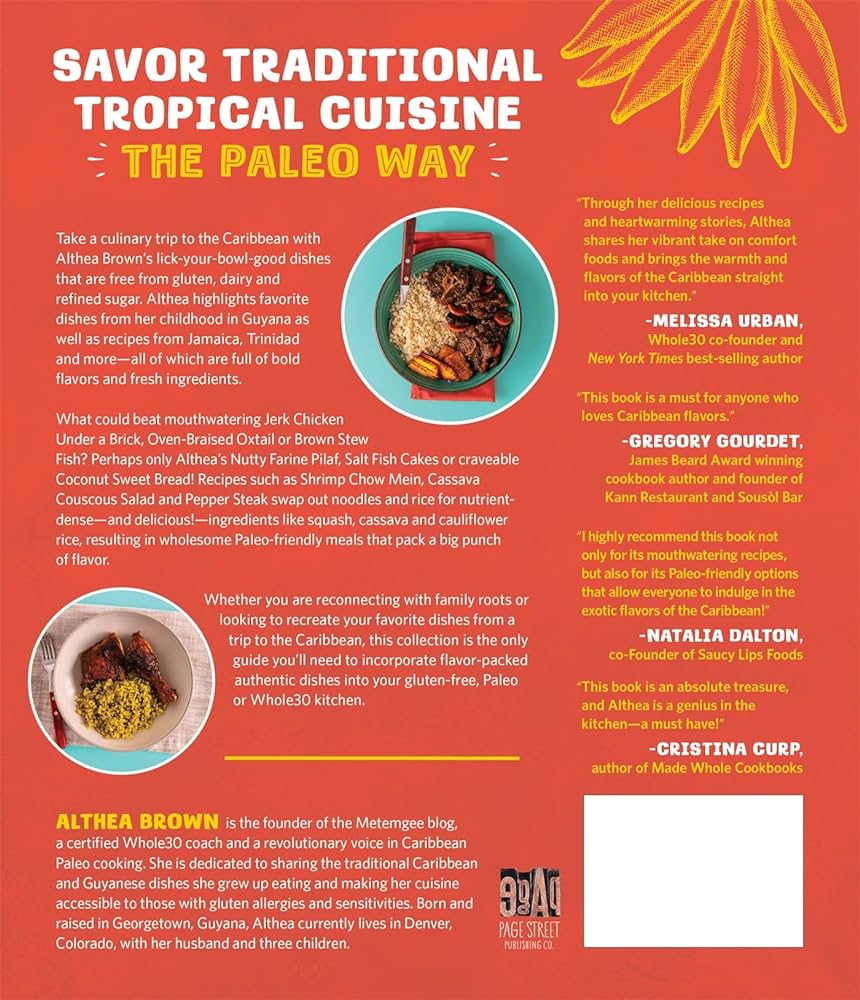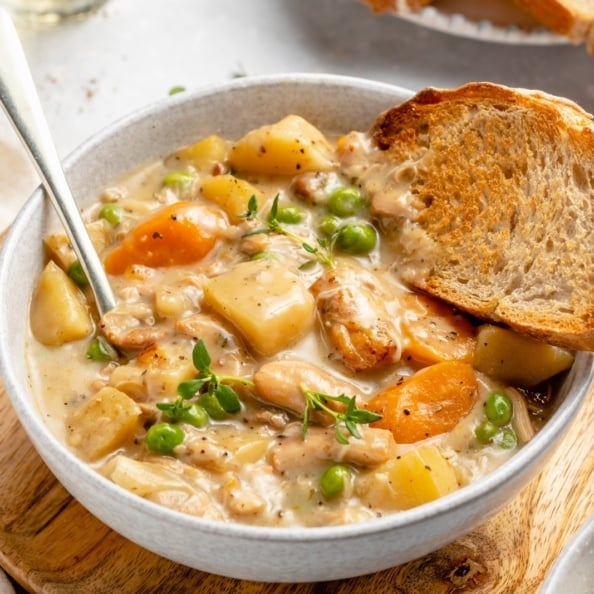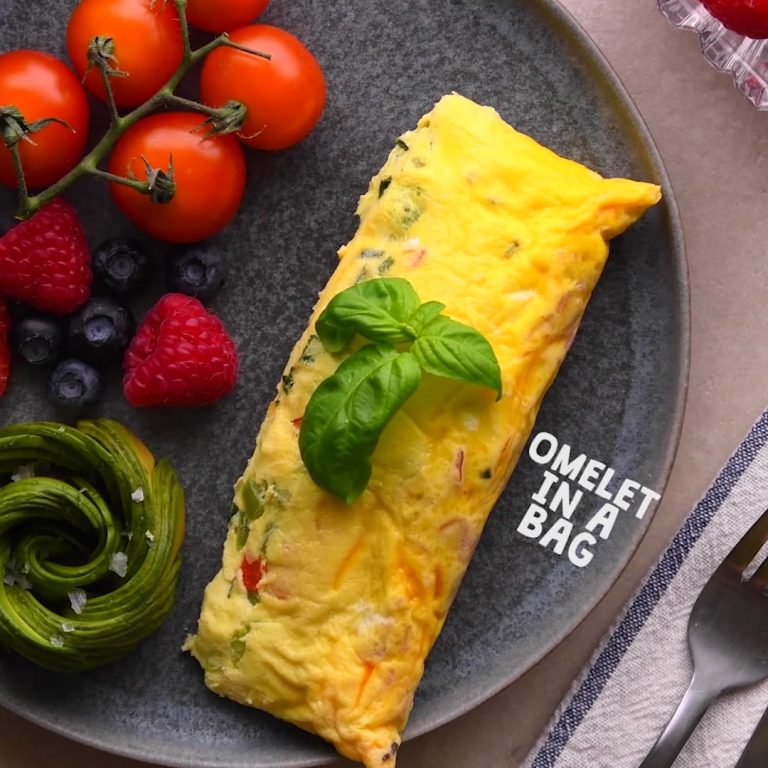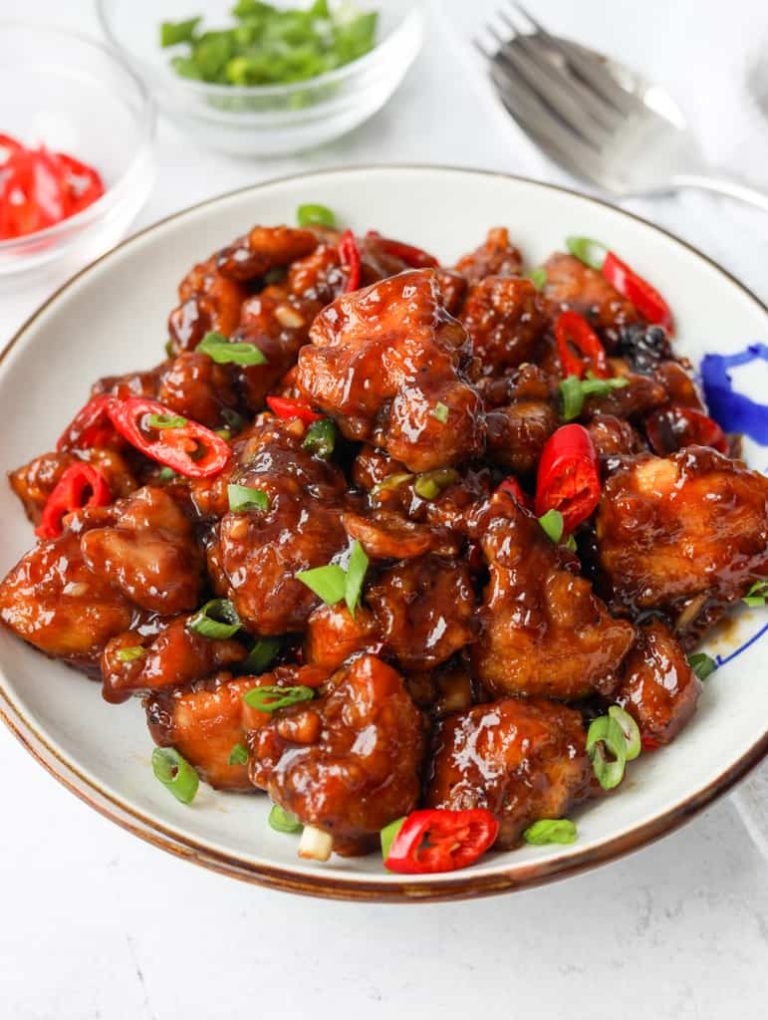Shrimp Chow Mein: Ingredients, Recipe, Comparisons, Health Benefits, and Best Restaurant Picks
Shrimp Chow Mein has its roots in Chinese cuisine but gained popularity in the United States as Chinese immigrants introduced it to American palates in the 19th century. The term “Chow Mein” translates to “stir-fried noodles” in Mandarin. This dish became a staple in Chinese restaurants across the US, blending traditional Chinese techniques with American flavors. It represents a fusion of cultures, reflecting the adaptability of Chinese cooking methods to local ingredients and tastes.
Key Ingredients and Variations
Shrimp Chow Mein features several main ingredients that create its distinctive taste and texture. The core components include:
- Shrimp: Fresh or frozen shrimp, deveined and peeled.
- Noodles: Egg noodles or wheat noodles, boiled and stir-fried.
- Vegetables: Bell peppers, carrots, onions, and cabbage, sliced into thin strips.
- Sauce: Soy sauce, oyster sauce, and sesame oil mixed for a savory finish.
- Aromatics: Garlic and ginger, finely chopped to enhance flavor.
Variations of Shrimp Chow Mein allow for customization based on dietary needs and preferences. Some common variations include:
- Protein Swaps: Replace shrimp with chicken or tofu.
- Vegetable Mix: Substitute or add vegetables like snap peas or mushrooms.
- Noodle Types: Use lo mein or rice noodles instead of egg noodles.
These alterations make Shrimp Chow Mein adaptable, enabling you to enjoy a personalized, delicious meal that suits your taste.
Cook Shrimp Chow Mein at Home
Essential Tools and Ingredients
To cook Shrimp Chow Mein at home, you need several key tools and ingredients. Use a wok or large skillet for stir-frying. Ensure you have a spatula or wooden spoon for constant stirring.
Tools
- Wok or Skillet: Ideal for quick, even cooking.
- Spatula or Wooden Spoon: Necessary for stirring ingredients.
- Colander: Drains noodles effectively.
- Cutting Board and Knife: Prepares vegetables and shrimp.
Ingredients
- Shrimp: Use 1 pound of peeled, deveined shrimp for protein.
- Noodles: Opt for 10 ounces of chow mein noodles or substitute with thin egg noodles.
- Vegetables: Include 1 cup of each—sliced bell peppers, snow peas, and shredded carrots.
- Sauce: Mix ¼ cup soy sauce, 2 tablespoons oyster sauce, and 1 tablespoon sesame oil.
- Aromatics: Use 2 cloves minced garlic and 1 teaspoon grated ginger for flavor.
- Oil: Have 2 tablespoons vegetable oil for cooking.
Step-by-Step Cooking Process
To cook Shrimp Chow Mein successfully, follow these steps precisely.
- Prep Shrimp and Veggies: Thaw and pat the shrimp dry with paper towels. Slice bell peppers, trim snow peas, and shred carrots. Mince garlic and grate ginger.
- Cook Noodles: Boil noodles per package instructions. Drain in a colander and rinse under cold water to stop cooking. Set aside.
- Stir-Fry Shrimp: Heat 1 tablespoon vegetable oil in the wok over medium-high heat. Add shrimp and cook for 2-3 minutes until pink. Remove shrimp and set aside.
- Cook Vegetables: Add another tablespoon of oil to the wok. Stir-fry garlic and ginger for 30 seconds. Add bell peppers, snow peas, and carrots. Stir-fry for 3-4 minutes until tender-crisp.
- Combine Ingredients: Return shrimp to the wok. Add cooked noodles and pour the sauce mixture over everything. Toss to coat evenly.
- Serve Hot: Transfer Shrimp Chow Mein to plates or a serving dish. Serve immediately to enjoy the best flavor and texture.
Comparing Shrimp Chow Mein to Other Noodle Dishes
Shrimp Chow Mein vs. Lo Mein
Shrimp Chow Mein and Lo Mein both feature noodles and vegetables but have distinct differences. In Shrimp Chow Mein, the noodles are stir-fried until they achieve a crispy texture, giving the dish a unique crunch. Comparatively, Lo Mein noodles are boiled or steamed, resulting in a softer texture.
Ingredients:
- Shrimp Chow Mein: Shrimp, thin egg noodles, vegetables (bean sprouts, cabbage), soy sauce.
- Lo Mein: Shrimp, thick egg noodles, vegetables (carrots, snow peas), soy sauce.
Cooking Techniques:
- Shrimp Chow Mein: High-heat stir-frying.
- Lo Mein: Quick boiling or steaming, followed by toss in sauce.
While both are delicious, Shrimp Chow Mein provides a distinct textural contrast not found in Lo Mein.
How It Differs From Pad Thai
Shrimp Chow Mein and Pad Thai are popular noodle dishes but hail from different culinary traditions. Shrimp Chow Mein derives from Chinese cuisine, whereas Pad Thai is a staple in Thai cuisine.
Ingredients:
- Shrimp Chow Mein: Shrimp, noodles (egg-based), vegetables, soy sauce, aromatics (garlic, ginger).
- Pad Thai: Shrimp, rice noodles, eggs, tamarind paste, fish sauce, peanuts, bean sprouts.
Flavor Profiles:
- Shrimp Chow Mein: Umami-rich with soy sauce and aromatics.
- Pad Thai: Sweet, tangy, and savory from tamarind, fish sauce, and sugar.
- Shrimp Chow Mein: Stir-frying on high heat.
- Pad Thai: Stir-frying with a sauce made from tamarind and fish sauce.
Shrimp Chow Mein’s crispiness contrasts with the chewy texture of Pad Thai, emphasizing the significant cultural and gastronomic differences.
By comparing Shrimp Chow Mein to other noodle dishes, you gain insights into its unique qualities and what makes it a favorite in Chinese-American cuisine.
Nutritional Profile of Shrimp Chow Mein
Health Benefits
Shrimp Chow Mein offers essential nutrients that support your health. Shrimp provides high-quality protein, essential for muscle growth and repair. It contains omega-3 fatty acids, reducing inflammation and promoting cardiovascular health. Vegetables, such as bell peppers and broccoli, supply fiber, vitamins, and minerals. Fiber aids digestion, while vitamins and minerals, such as vitamin C and potassium, support immune function and electrolyte balance. Noodles, often wheat-based, supply carbohydrates, which are your body’s main energy source.
Considerations for Dietary Restrictions
When consumed in moderation, Shrimp Chow Mein fits various dietary preferences. For gluten-free diets, use gluten-free noodles and ensure other ingredients, like soy sauce, are also gluten-free. Allergies to shellfish need careful consideration. Substitute shrimp with tofu or chicken if necessary. For vegan diets, replace shrimp with plant-based proteins and use vegetable broth for the sauce. Monitor sodium levels in soy sauce, as high sodium intake can affect blood pressure. Opt for low-sodium soy sauce variants for a healthier alternative.
Where to Find the Best Shrimp Chow Mein
Restaurant Recommendations
Numerous restaurants offer exceptional Shrimp Chow Mein, but certain spots stand out for their quality. P.F. Chang’s, a well-known chain, provides a reliable and delectable version of this dish with balanced flavors. Din Tai Fung, famous for its Asian cuisine, excels with a savory and authentic take on Shrimp Chow Mein. Panda Express offers a more casual yet satisfying option, with generous portions and a commendable flavor profile. In cities like San Francisco and New York, local Chinese restaurants often elevate Shrimp Chow Mein with unique regional twists, making these cities essential stops for chow mein enthusiasts.
Tips for Ordering
When ordering Shrimp Chow Mein, consider a few key factors for the best experience. Specify your preferences for spice levels, as restaurants often have varying degrees of heat. Ask if the noodles are house-made, as fresh noodles significantly enhance the dish’s overall texture. Check whether the shrimp are fresh or frozen; fresh shrimp provide a superior, tender texture. If you have dietary restrictions, inquire about gluten-free soy sauce options or request adjustments to accommodate allergies. Lastly, ask about portion sizes to avoid overordering and to ensure a satisfying meal.
Conclusion
Shrimp Chow Mein offers a delightful mix of flavors and textures that can be easily recreated at home or enjoyed at your favorite restaurant. Whether you’re exploring its origins or trying to perfect your own recipe, this dish provides a satisfying culinary experience. Keep in mind the tips for ordering and the nutritional benefits to make the most out of your meal. Dive into the world of Shrimp Chow Mein and discover why it’s a beloved choice for many.






